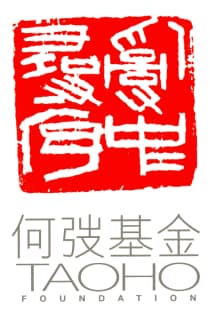Hong Kong Arts Centre
Wan Chai, Hong Kong, 1978. HKIA Medal.
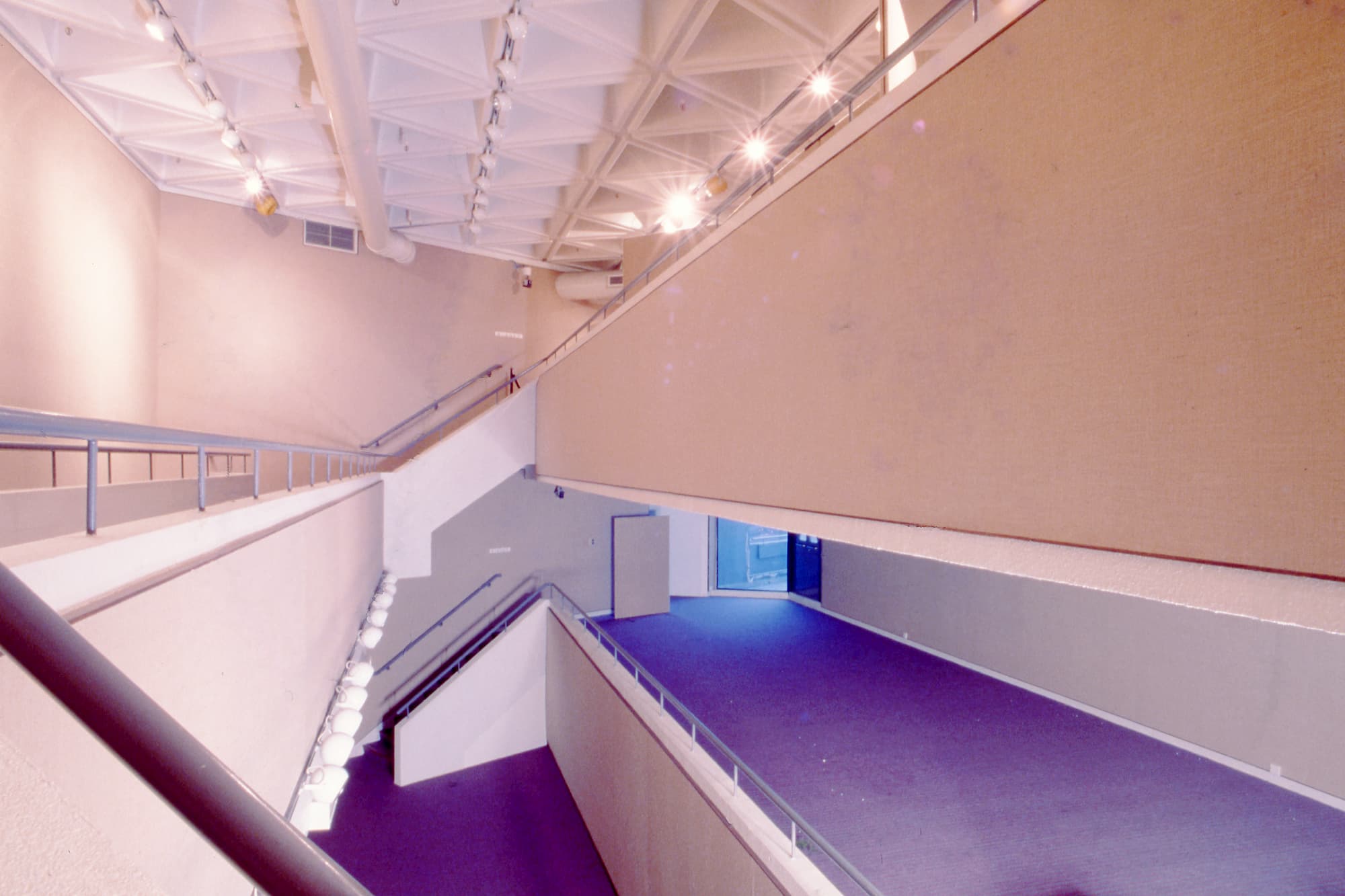
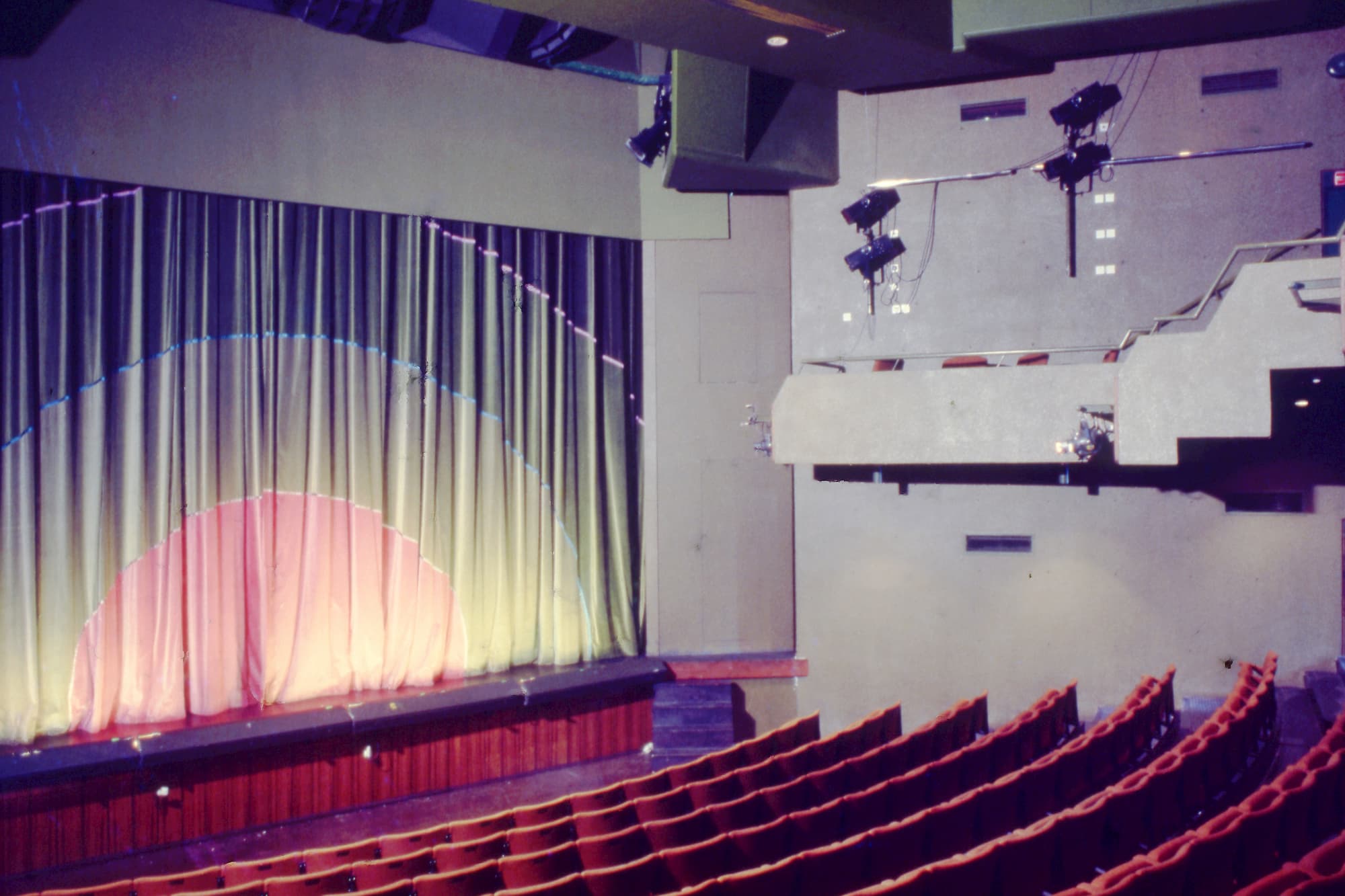
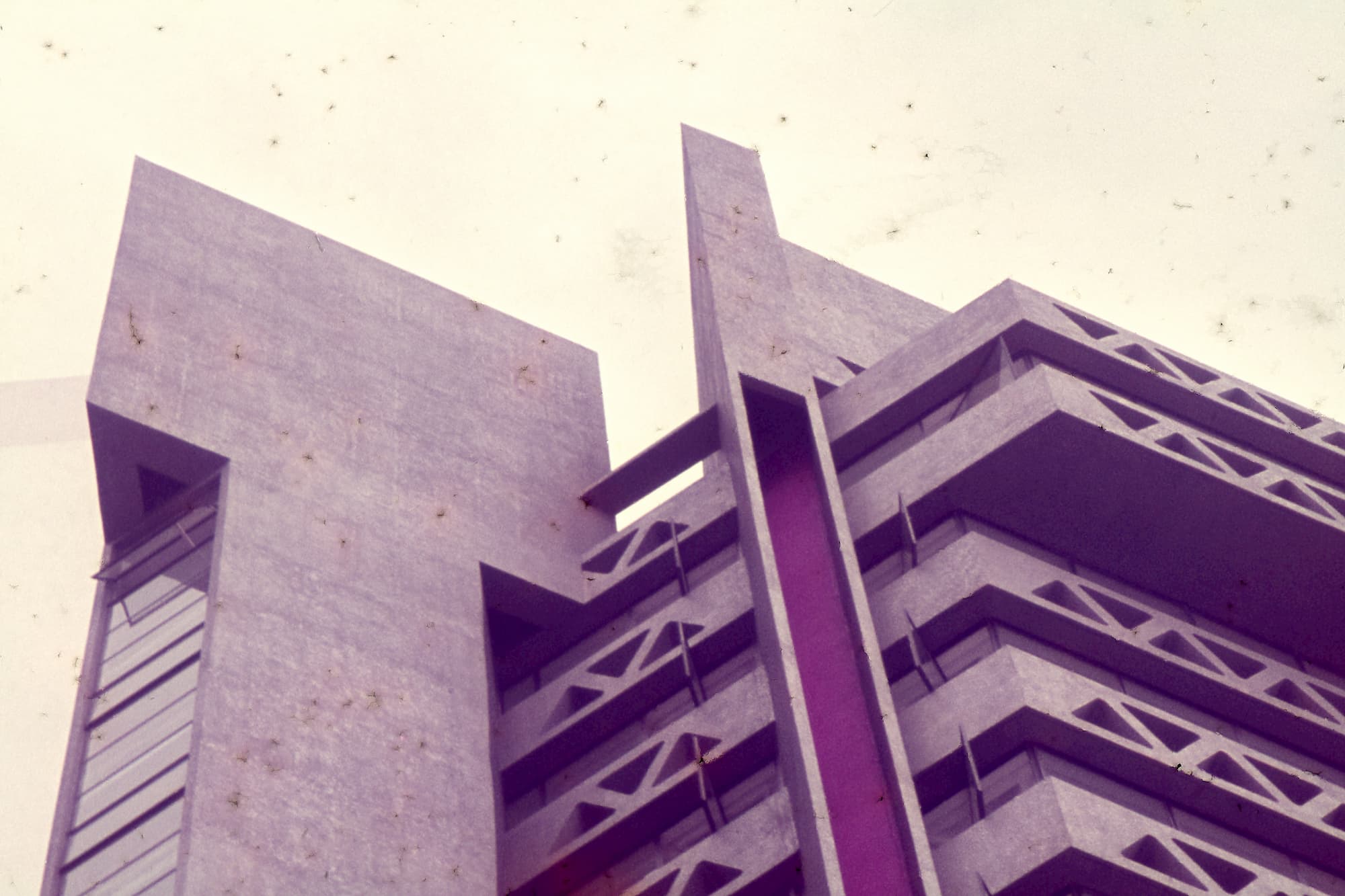
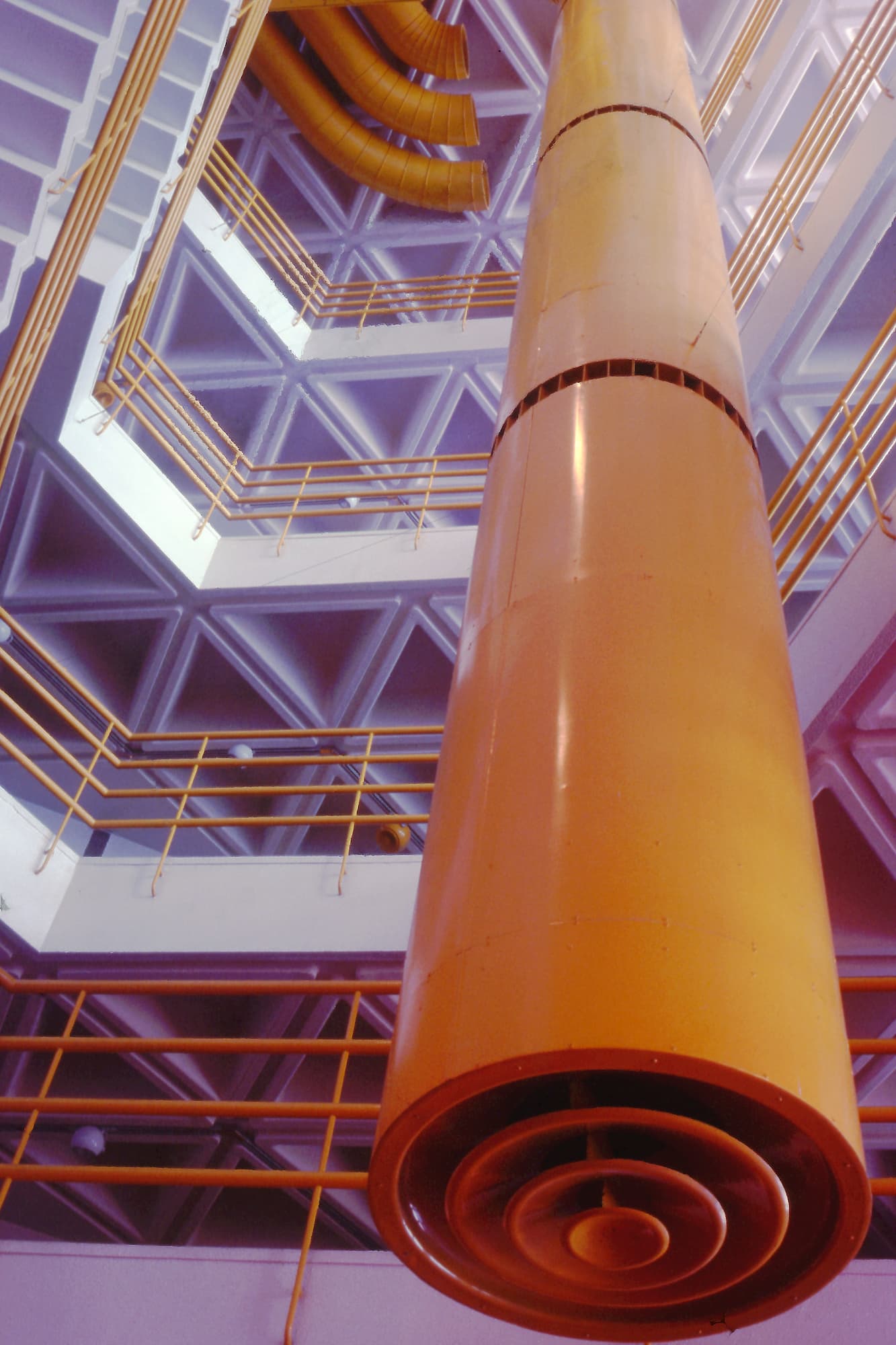
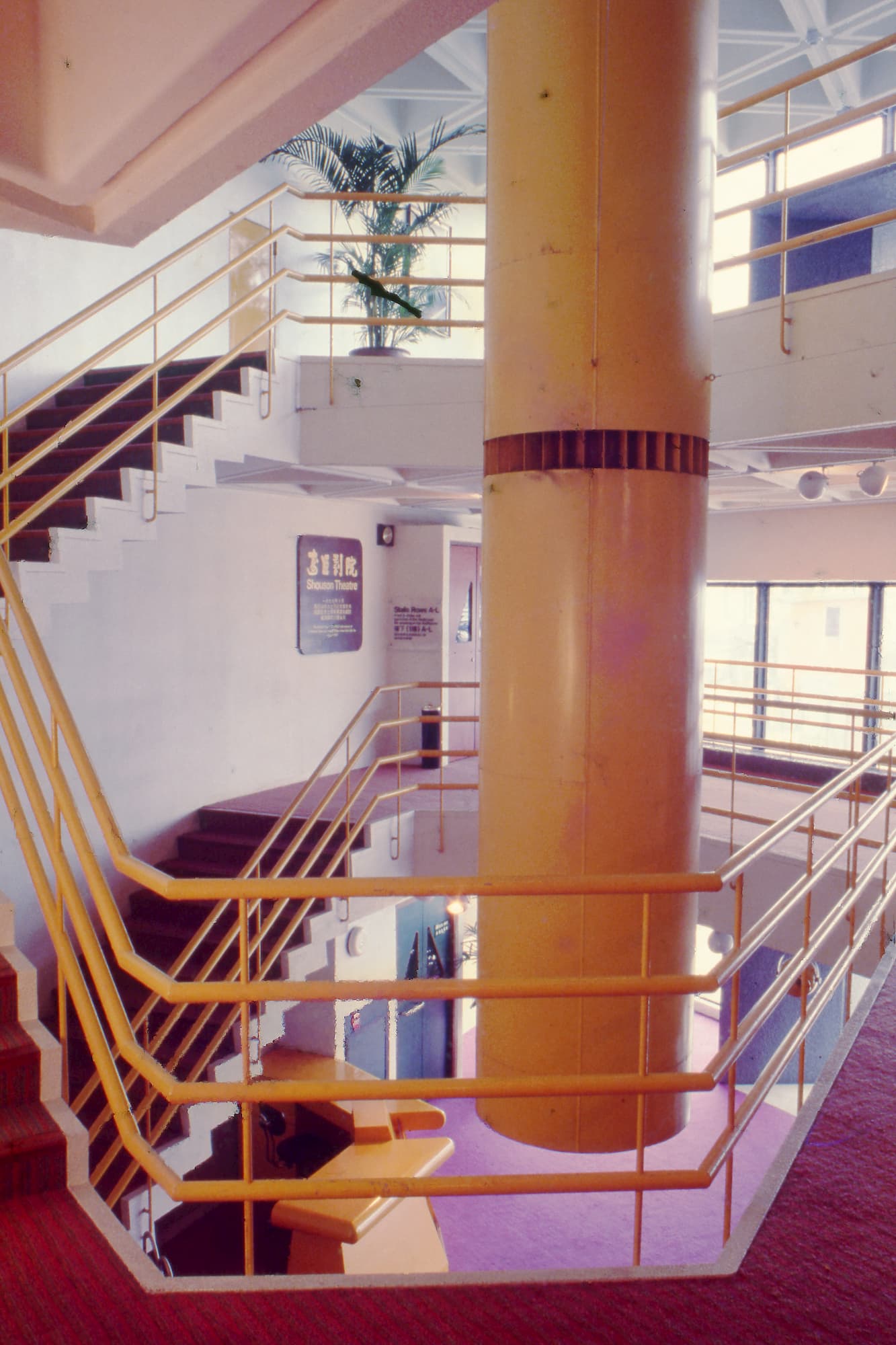
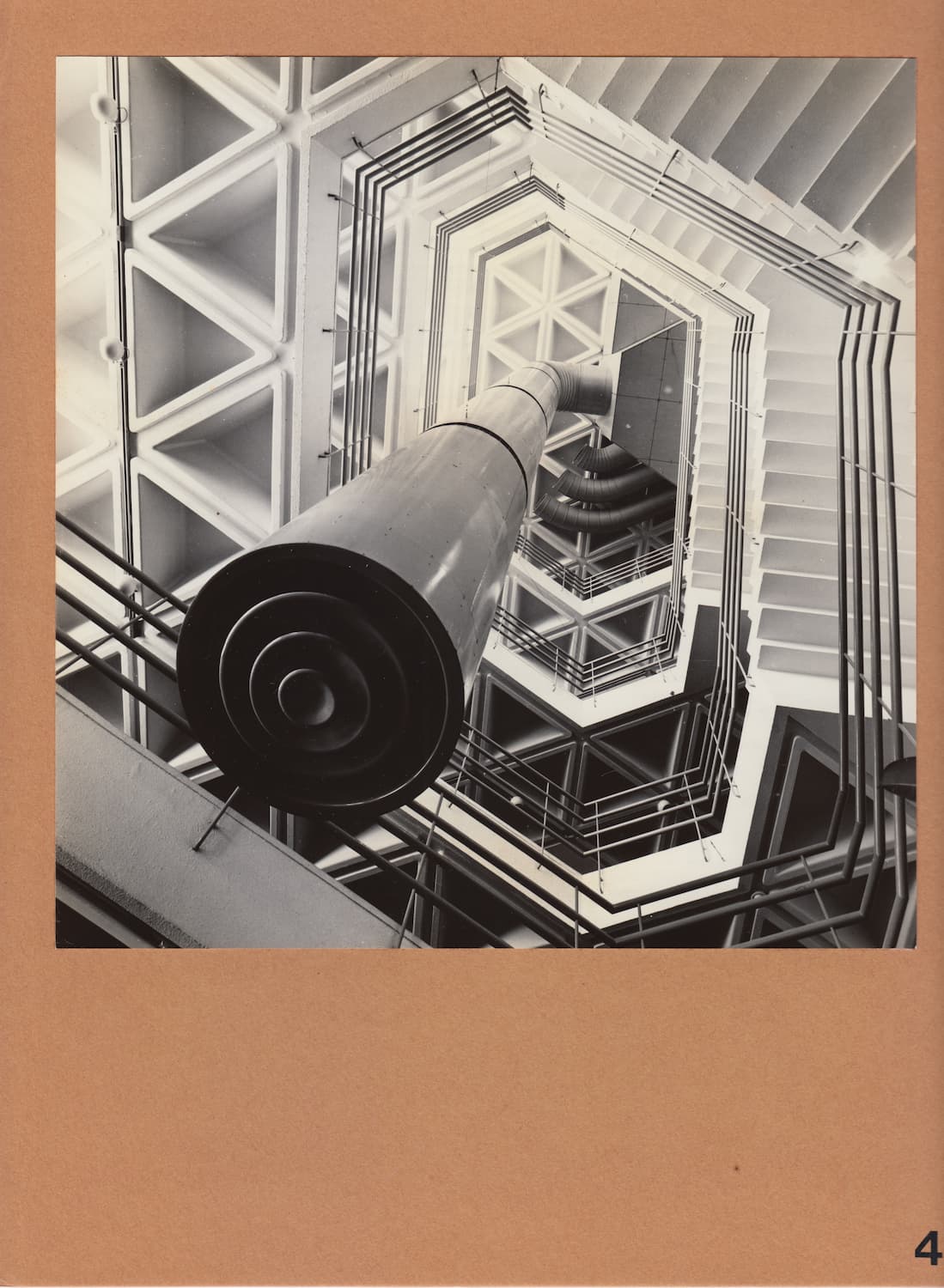
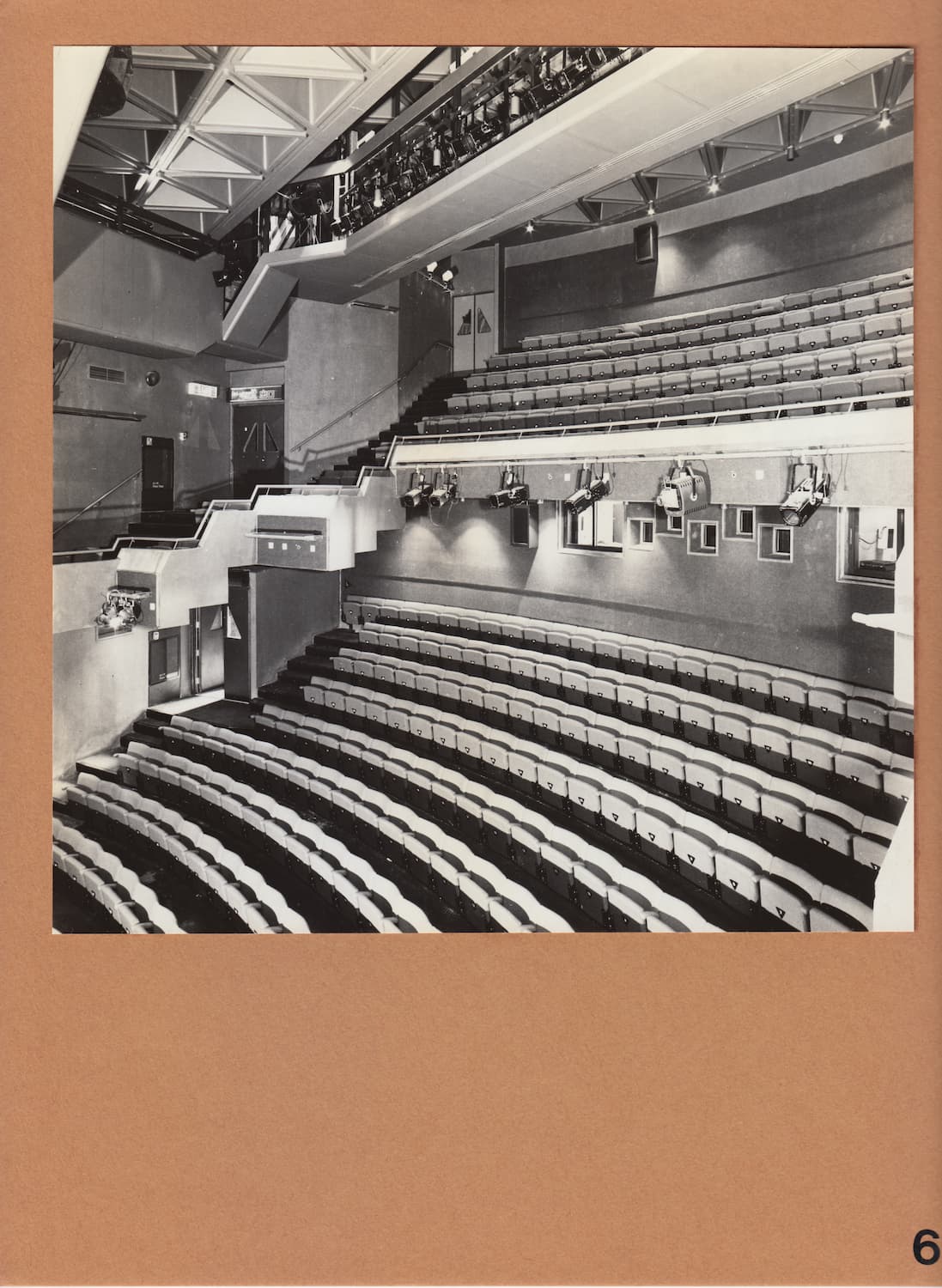
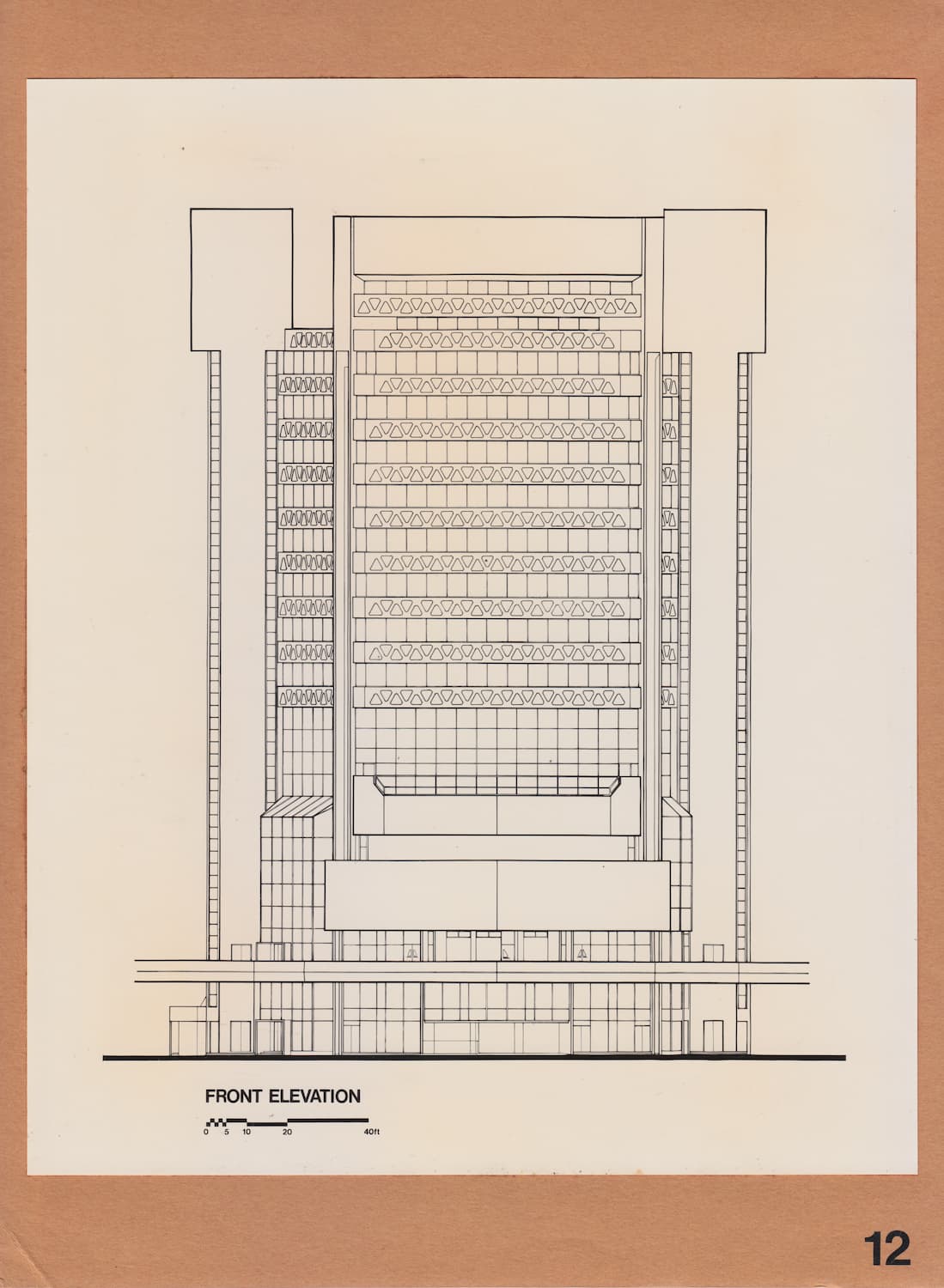
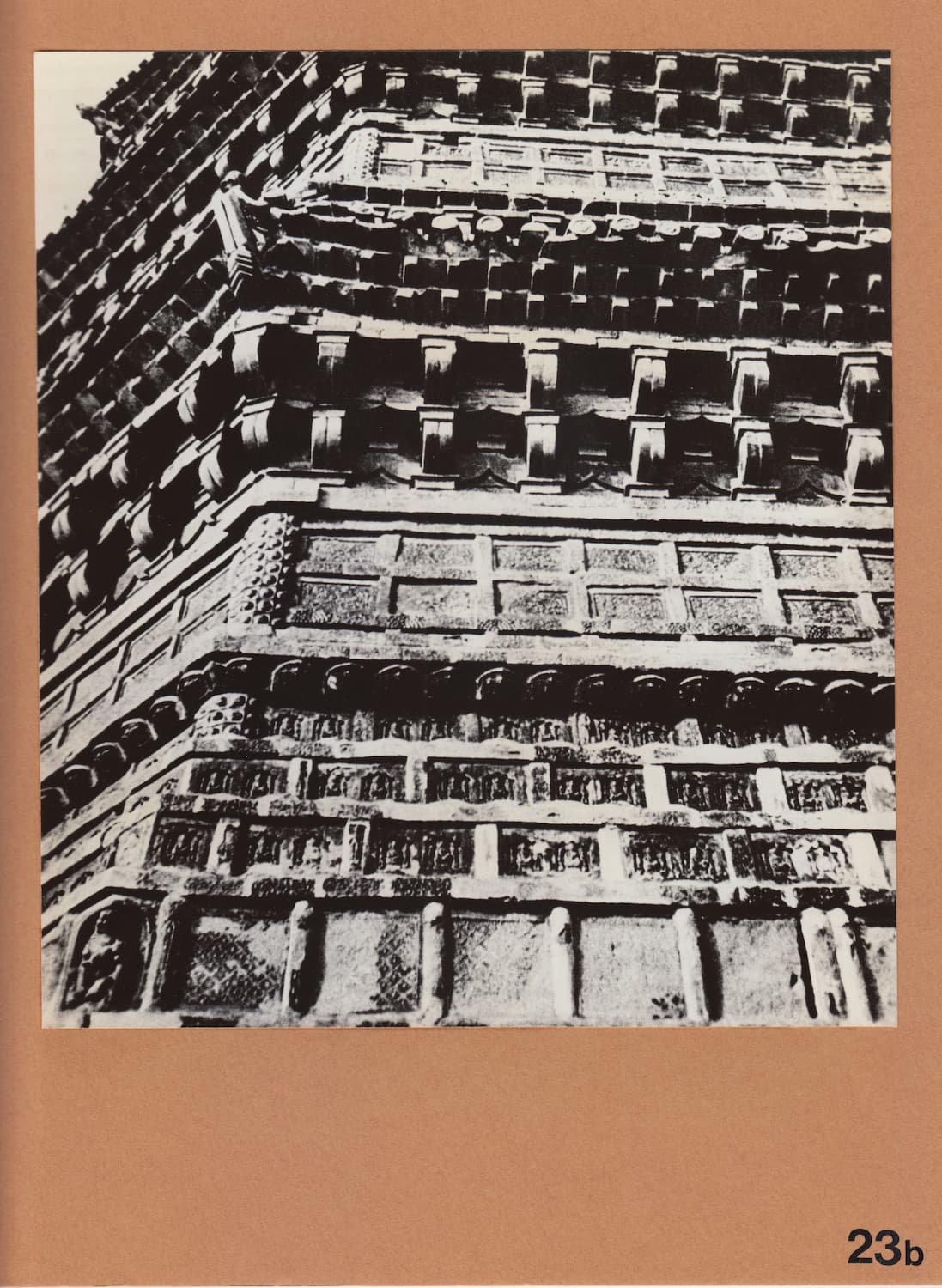
In the late 1970s, a group of concerned Hong Kong citizens, including Tao Ho, banded together to build a centre dedicated to developing the contemporary arts in Hong Kong. They envisioned a place that would counter Hong Kong’s reputation among the world’s great cities as a “cultural desert.” Their vision was the Hong Kong Arts Centre: an open place of unrestricted artistic experimentation for the people of Hong Kong. The Centre’s location, on Harbour Road overlooking Victoria Harbour in Wan Chai, sits on one of the most expensive pieces of real estate in the world. Fortunately, the Hong Kong government donated this prime plot of land to the Centre’s trustees.
The idea for this facility was first conceived as a “people’s art centre.” As such, it is an egalitarian space, easily accessible from street level and replete with interactive public spaces. The Centre is innovative and groundbreaking as it was the first of its kind in the world: a multi-storey facility housing different art forms such as visual, musical, dramatic and performing arts. Included in the scheme are a 200-seat recital hall, a 100-seat black box theatre, two rehearsal rooms, a 463-seat theatre, an exhibition gallery with a sculpture terrace, practice rooms and artists’ studio, a members’ club, a cafe and office space for cultural organizations. Moreover, special “light pits” that capture natural light were installed throughout the Centre for energy conservation purposes. The building’s facade addresses its architectural context, invoking the angular and busy character of Hong Kong’s world-famous skyline, of which the Centre is now a part.
Since its opening, the Arts Centre has played a vital role in greatly enhancing Hong Kong’s cultural life. Thanks to our design for the Centre, we were awarded the HKIA Silver Medal, Hong Kong’s highest architectural honour.
